Gibraltar has been on my list of places to see for a long time, but faced with the thoughts of exiting the Schengen Area and having to go through passport control at the border (something that I believe can take hours) I settled for giving it a wave from a distance. But to do that, we had to take the long way around to from Ronda to Cádiz. I did my homework. I read the guide book. And it assured me that the village/town of Castelar de la Frontera was…
…an abandoned mountain village, which is gradually rediscovering its old identity.
Perfect, I thought. We’d seen a few of those mountain villages in the far distance travelling to Ronda from Cártama and seeing one up close and personal was just what we fancied. We headed over the Sierra Ronda, a winding mountain road with Shirley-Temple-curl style bends. Nothing too challenging but enough curve in them to give the gearbox some good exercise. And the views…. the views were verdurous.

Mountain villages
When we finally stumbled into Castelar de la Frontera, I was suspicious. We’d been steadily climbing on our approach but had then started to drop like a dead pigeon. So much for our mountainous village! This bright new development didn’t have an old identity to rediscover. I wasn’t impressed. I wanted more to show for my 90-minute detour. Seeing other signs for a Castillo-something-or-other, we followed them and gradually began to climb again. This time, the bends were more like the ringlets on the head of a Irish dancer. It was bracing stuff. We turned a corner and saw what looked like an old Moorish castle perched on a mountain. Score! The new Castelar de la Frontera (7 km away) was built in 1960s, closer to the road, and with its own train station (Almoraima). This was the old one.


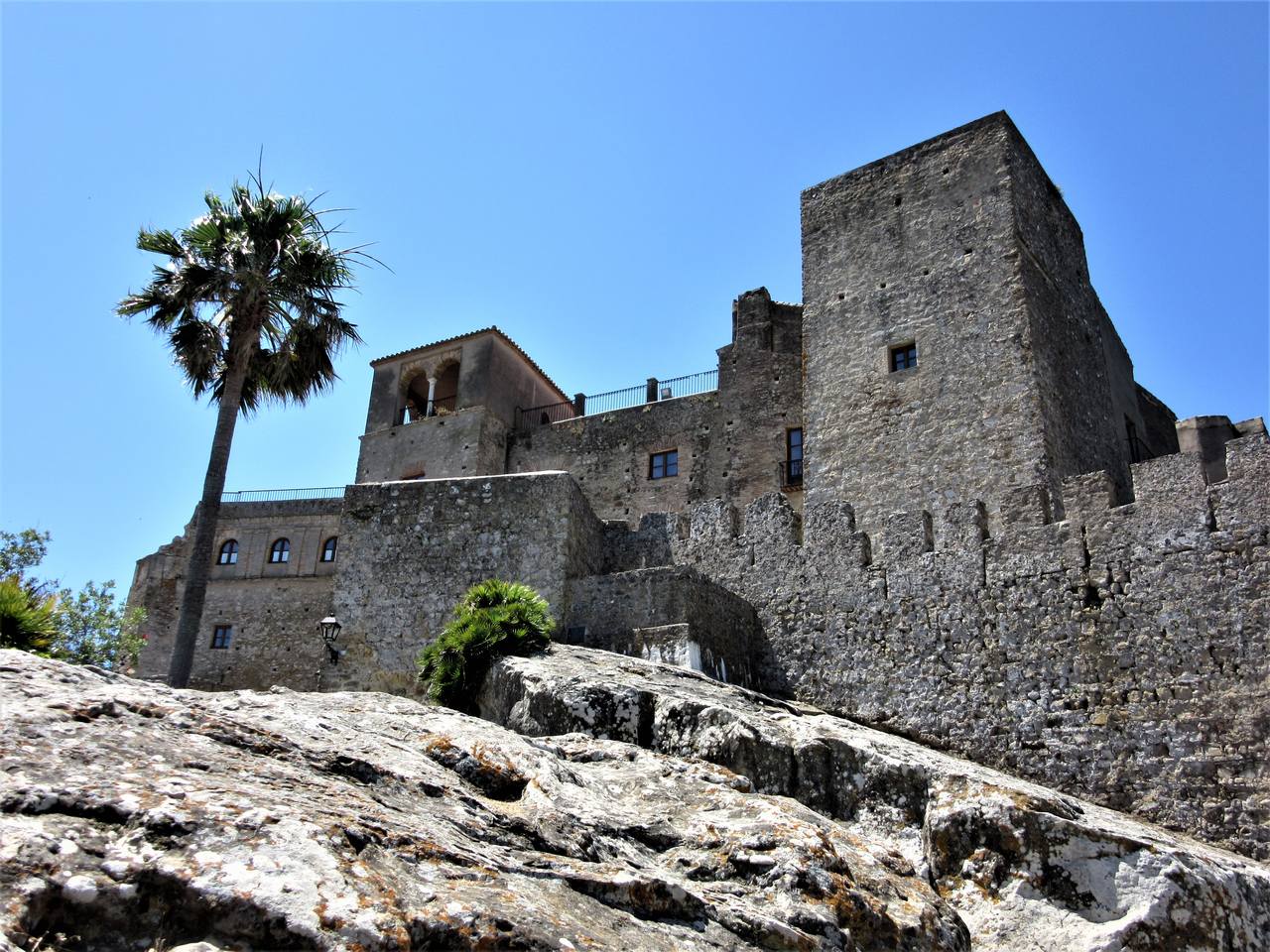
The original Castelar de la Frontera dates back to the Bronze Age. It grew up to be a medieval fortress, passing back and forth between various rulers who vied for its vantage point. Around 1650 , a certainTeresa María Arias de Saavedra, who was the Countess of Castellar, took over the town that would later pass to the Medinaceli family. There’s a fascinating read in the Telegraph about the late 18th Duchess of Medinaceli, who lived till she was 96, long enough to have lost count of the number of castles she owned in Spain.
[She] was nine times a duchess, 18 times a marchioness, 19 times a countess, four times a viscountess and 14 times a grandee of Spain — as well as head of a family whose members included three saints and two Popes.
Anyway, in 1973, it was acquired by the Rumasa Group, who had it for 10 years before the government nabbed it and decided it was some place worth keeping and looking after. As a ‘Historical and Artistic Monument’, it was a good investment. It reminded me a little of Óbidos in Portugal. Today, local artisans call it home and quite a number of the houses are lived in. Some are for rent and a few are for sale. Oh, lotto, oh lotto, where art though lotto! The view of the Guadarranque reservoir is velutinous.
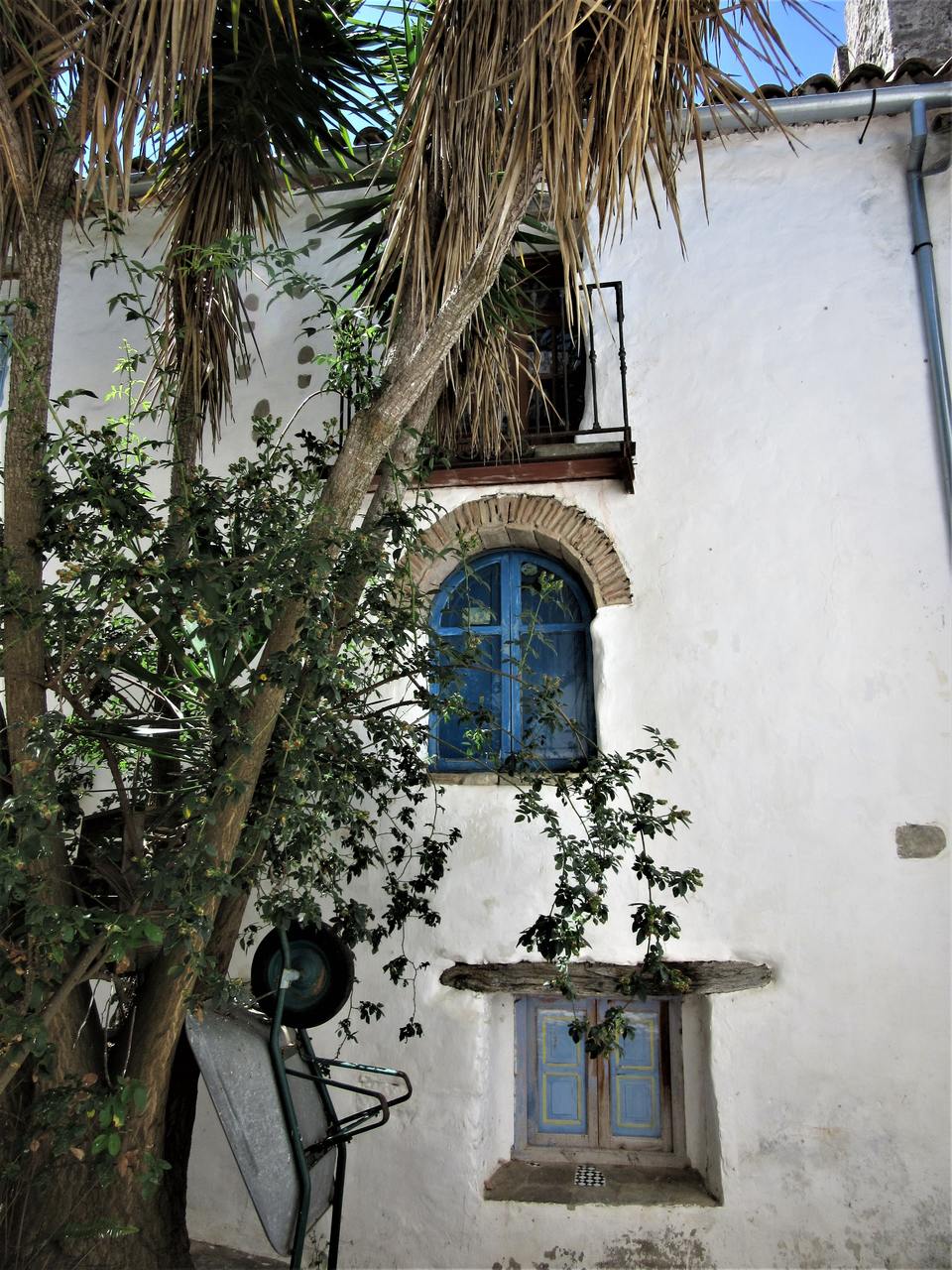
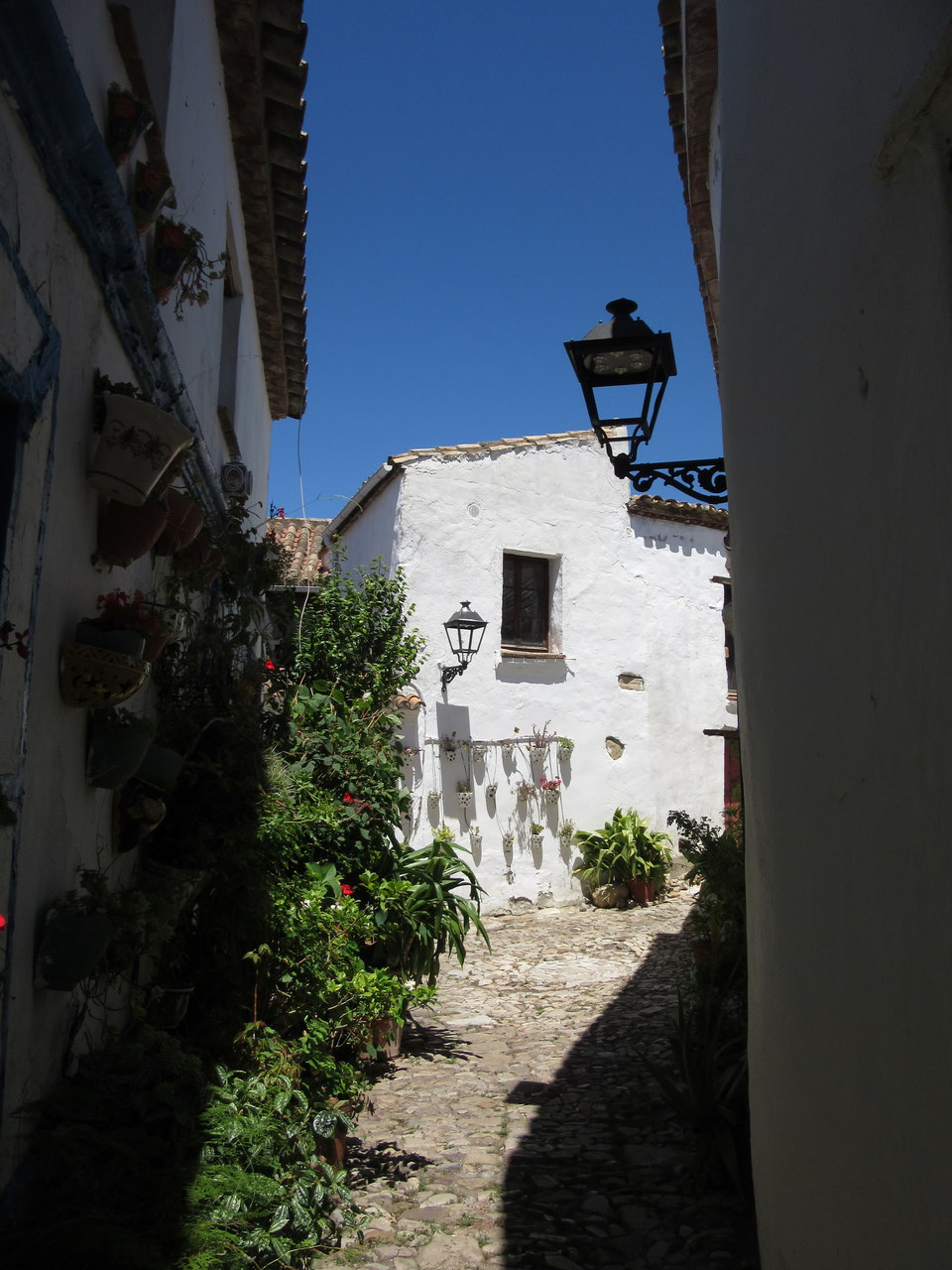

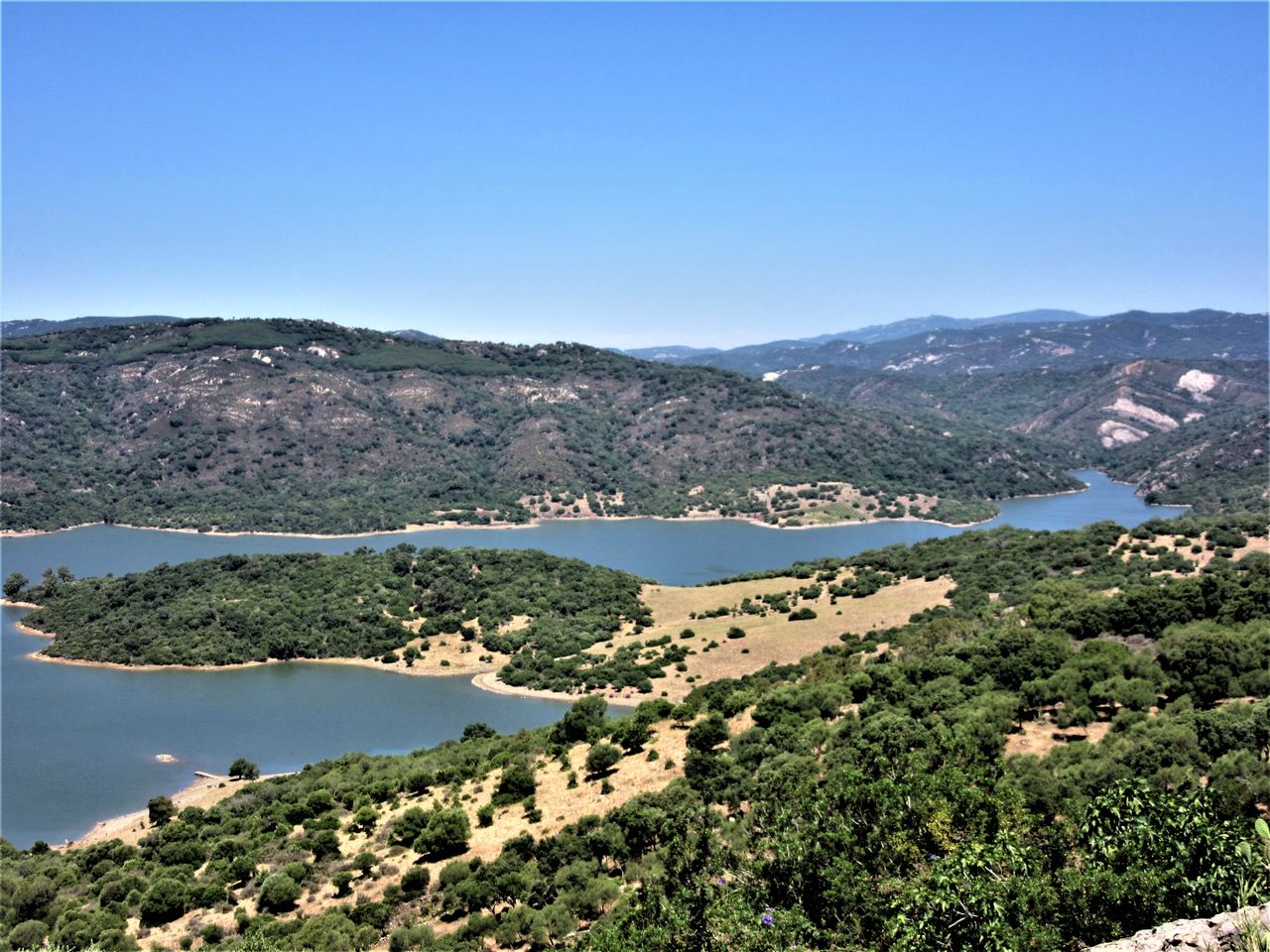
Seaside towns
Hot and flustered and in need of food, we headed to the coast. I quite fancied a dip in the Med before hitting the Atlantic later in the week. We made for Playa de La Alcaidesa, driving by the manicured golf course and the glaringly white villas in this gated community close to Sotogrande. We’d skirted Marbella earlier in the morning, where ‘exclusive’ seemed to the real estate adjective of choice. In Alcaidesa, they seemed to prefer ‘modern’. Whatever. I’d only holiday there if someone else was paying. Way too much English being spoken.
The beach was open to the public. The restaurant was grilling fish. And while the sand was Hades hot, and the water gonad-shrinking cold, it was perfect. Just perfect.
We ate, we drank, we swam, and we slept. And then took the short cut through the mountains to Cádiz for an opening Wow! Puente de la Constitución of 1812 (aka La Pepa) spans the Bay of Cádiz, linking the city with Puerto Real on the mainland. What a stunning sight to be met with. Day 2 done and dusted.



For more photos, check our Facebook page.
Share this:
- Click to share on X (Opens in new window) X
- Click to share on Facebook (Opens in new window) Facebook
- Click to share on Pinterest (Opens in new window) Pinterest
- Click to share on LinkedIn (Opens in new window) LinkedIn
- Click to share on Reddit (Opens in new window) Reddit
- Click to share on WhatsApp (Opens in new window) WhatsApp
- Click to share on Pocket (Opens in new window) Pocket
- Click to share on Telegram (Opens in new window) Telegram
- Click to email a link to a friend (Opens in new window) Email



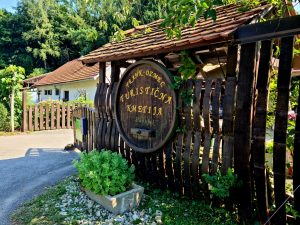



One Response